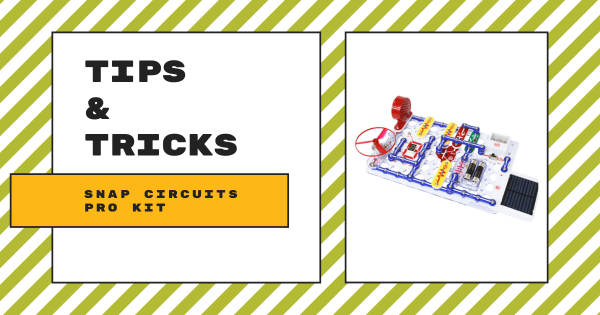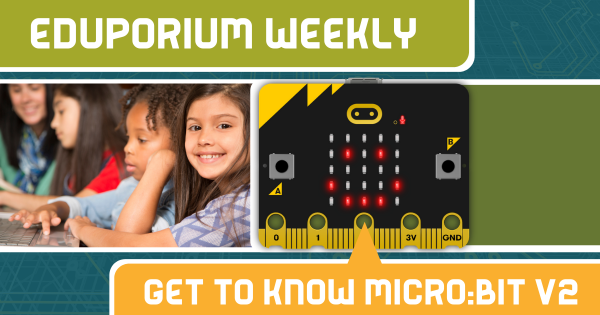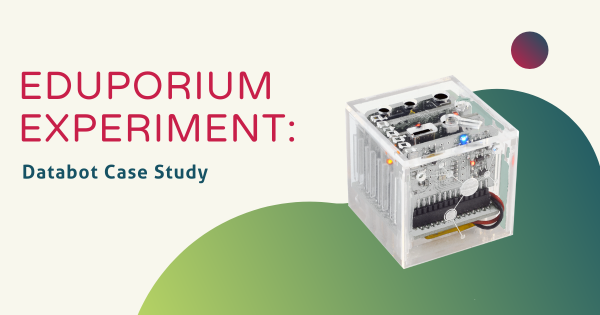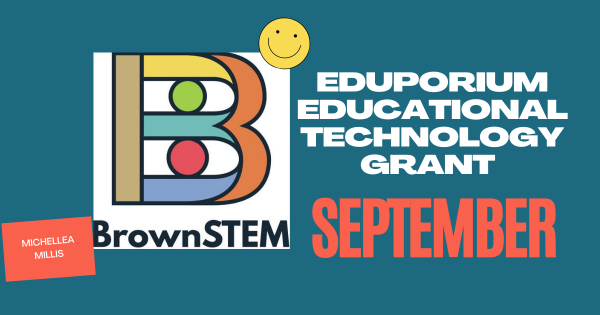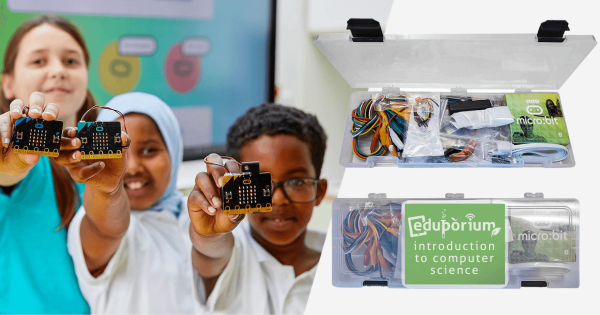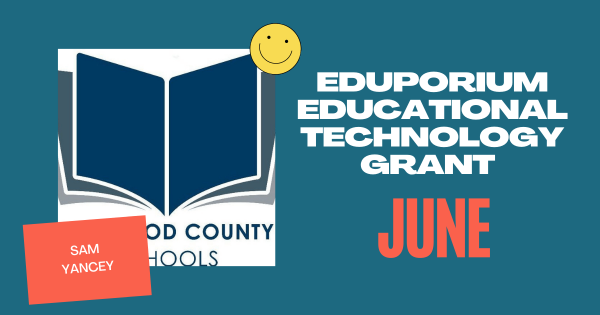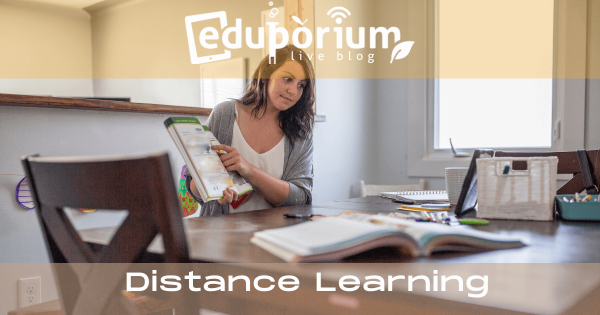If you’re teaching circuitry and want to get hands-on, Snap Circuits is the perfect entry into building circuits for students eight and older. Students can use these pieces to snap building blocks together to form functional circuits and there are none of the safety risks associated with more advanced wiring. Read on to learn more about the Snap Circuits system.
Search results for 'afterschool stem'
-
Tips & Tricks | Getting Started with the Sphero Mini
Using this tiny tool, students can start to learn all about computer science concepts and even drive the robot using their facial expressions. It’s a great option for getting started with robotics in the classroom and offers a smooth initial experience for coding during the school day or in an afterschool robotics club. Keep reading to learn more about it! -
Eduporium Weekly | Get To Know The micro:bit V2
In terms of its looks, the micro:bit V2 is very similar to the original micro:bit and even costs roughly the same as well. It has tons of added capabilities, however, and can bring exciting new wrinkles to coding education with the addition of a built-in speaker, a built-in microphone, and a redesigned LED matrix for creating programs. Keep reading to -
Eduporium Experiment | The databot In Remote Learning
While it’s not the environment we’d all want to be using the databot in, this post paints a prime picture of how the databot is adaptable in almost every learning situation! Keep on reading to learn more about how teachers have found success using this data-collecting bot in different learning scenarios and with their students of all different ages. -
October Grant: Congrats To Josh Jennings + The CODE Program
We are pleased to announce we’ve awarded our tech grant for October to Josh Jennings, who’s a high school teacher in the Florence County School District 3! Josh helps head up their Panther CODE (Creating Opportunities for Developing Engineers) program after school, which was established to give some underrepresented students more exposure to STEM. -
September Tech Grant: And, The Award Goes To Michellea Millis!
Joining eight previous STEM grant recipients for the calendar year of 2020, we have presented September’s award to Michellea Millis, an administrator with the BrownSTEM afterschool program that’s based in San Antonio, TX. She works with underrepresented African-American and Latinx students to help create STEM experiences and we’re excited to award her this grant! -
STEAM Solutions For In-Person, Remote, Or Hybrid Learning
Despite so much uncertainty, there’s one thing we know for sure: We don’t want students to veer off course in terms of STEM and real-world skills development, so we’ve been working on creating custom STEAM kits that can be used to help educators teach key topics, allow students to work independently, and are conducive to different environments. -
Virtual STEAM Camp: Read More About Our Grant Award For June!
Once again, we’re excited to share some news about the latest recipient of the Eduporium EdTech grant for the month of June! For the latest grant, we have chosen Sam Yancey, who’s a longtime gifted education teacher in the Haywood County School District in North Carolina! Sam is an avid lover of STEAM education and has used an extensive list -
Eduporium Featured Educator: Albert Lewis
We spoke with Albert Lewis! Albert works with students in the 4-H Youth Development Program as part of the University of Maryland Extension in Baltimore City. He loves using STEM to connect with the students he works with and, even in the midst of the coronavirus pandemic, he’s helped them find creative ways of using technology in their learning. -
Our Distance Learning Live Blog: Tech Resources For Educators
We’re putting together this running collection of remote learning resources for educators to explore during school closures caused by the coronavirus. We will make updates to this page regularly as new resources are provided from reputable education providers and we wish everybody lots of success in remote teaching and learning. You’ve got this!



